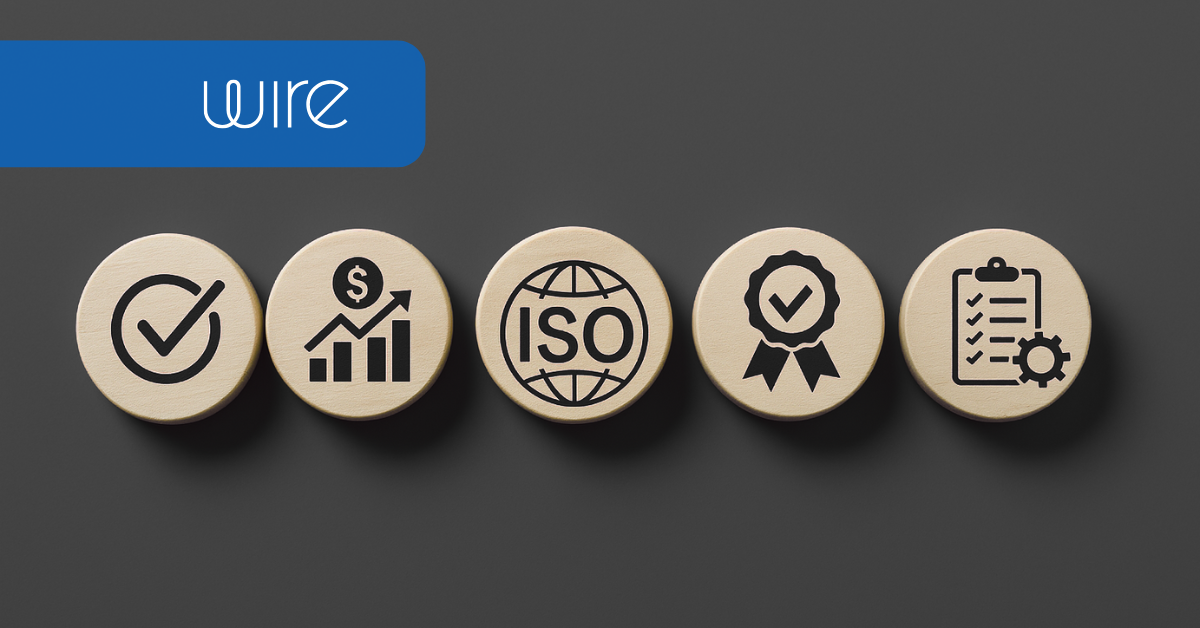Organizations face an information security threat every 39 seconds—with over 2,200 cyberattacks occurring daily. By the third quarter of 2024, global attacks had increased by 75%. In today’s risk landscape, safeguarding sensitive information is a business imperative, crucial for protecting digital assets, meeting regulatory demands, and earning stakeholder trust. ISO 27001 strengthens your organization’s information security strategy, promotes operational resilience, and signals a lasting commitment to protecting critical data.
In this guide, we share actionable steps to achieve ISO 27001 certification, drawing from our own experience with both this standard and its privacy extension, ISO 27701.
Quick Overview: 5 Steps to ISO Certification
Achieving ISO 27001 (and optionally 27701) involves these key steps:
- Define the scope of your ISMS to align with your business and regulatory environment.
- Secure leadership support and establish a clear plan.
- Assess your risks across data confidentiality, availability, and integrity.
- Design controls and policies to mitigate risks and document them.
- Conduct audits and address any identified gaps through continuous improvement.
🔗 Want the in-depth, dual-certification version with implementation tips? Read our full ISO 27701 blog post for a step-by-step breakdown.
Common Challenges and How to Mitigate Them
Our platform is engineered for security and the ISO certifications helped us to further strengthen our strategies. We decided to pursue both standards at the same time to maximize customer and stakeholder confidence. They demonstrate our commitment to information security, data privacy and regulatory compliance. But our journey was not without some challenges:
Speed vs. Structure – We thrive on agility and innovation. When we started on this journey, we were concerned that rigor of the certification effort might stifle our creativity and rapid development capabilities. In reality, we were able to achieve this balance with the right automation tools, well-designed processes, and employee training.
Resource constraints – We are a lean organization with limited resources and manpower to carry out the extensive work required for the certification. But with some strategic policy implementation, training, and automation strategies, we were able to integrate compliance into everyday workflows and avoid overburdening our teams. In the end, it made us more mature, structured, and equipped for scale.
Extensive documentation – The standard calls for mandatory and extensive documentation. Collating and managing this material may seem daunting. Effective automation strategies can help mitigate some of this pressure and ensure accurate, efficient audit trails.
Continuous improvement – ISO 27001 is not a one-time effort. Maintaining certification requires continuous improvement through regular internal reviews, surveillance audits, and updates to reflect changes in scope or newly identified risks. Organizations must be prepared to remediate non-conformities and demonstrate ongoing compliance over time.
Sources:
https://explodingtopics.com/blog/cybersecurity-stats
https://blog.checkpoint.com/research/a-closer-look-at-q3-2024-75-surge-in-cyber-attacks-worldwide
Tips for Fast-Moving Teams
- Ensure leadership buy-in – ISO 27001 certification is an exhaustive journey that requires a company-wide effort. Endorsement from the leadership team is important for making budgets available, allocating resources, and assigning responsibility.
- Plan meticulously – Focus on building a robust plan of action with clearly defined roles and responsibilities, and a detailed roadmap.
- Engineer for security – Security and data privacy can no longer be afterthoughts – they need to be embedded into product design and development workflows. Integrated security measures can make the certification journey easier.
- Invest in automation – Documentation, training, risk tracking, and audits require extensive effort and time. GRC tools for handling these critical functions can take the pressure off teams and enable them to automate time consuming tasks as well as easily hand over evidence to auditors.
- Focus on training – ISO 27001 demonstrates an enterprise-wide commitment to cybersecurity. A risk-aware workplace culture is a critical component of this strategy. Invest in training and awareness programs that sensitizes everyone for information security and data privacy.
Conclusion
Obtaining ISO 27001 and ISO 27701 is not a mere compliance milestone. It is a strategic investment in trust, resilience and long-term growth. For Wire, these certifications are proof that security and privacy are inextricably embedded into our culture, processes, and product design. These standards require careful planning, cross functional cooperation, and significant effort but the payoff is measurable – customer confidence, operational resilience, and process maturity. For businesses embarking on this journey, the key is to treat certification as a strong foundation for continuous improvement – not an endpoint.
For teams considering the journey, the key is to treat certification not as an endpoint, but as a foundation for continuous improvement.

